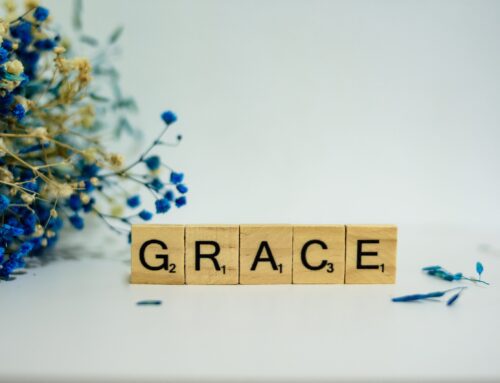From Pantser to Hybrid Plotter
Over the past twenty-five plus years as a writer of visionary fiction (stories that entertain and also inspire), I’ve moved from being a pantser (writing by the seat of my pants) to a hybrid plotter. Nowadays one of the most enjoyable parts of the writing process is planning what it is I want to write; ie, the plotting part. Then, once I feel confident I have a story worth telling and one that will both entertain and inspire the reader, I start writing. Often, along the way, my characters take over and some or all of the planning may go out of the window. That’s the hybrid part of my process.
Visionary Fiction that’s Character Driven
Since the kinds of stories I most enjoy reading are those that are character driven, I endeavor to write the same way. This means I need to get to know my characters as well as possible even before I start relating their stories. That’s where my visual character boards come into play.
Once I have a fairly complete list of the characters that will play significant roles in the story, I go to the Internet to meet them. Here’s how I do this. In my browser, I’ll enter something like “middle-aged strong housewife and mother,” then click on the “Images” button to pull up whatever Master Google wants to show me. 99.9% of the images don’t make the cut, but eventually, I find the perfect image of that character. I then download it, print it out and add it to the cork board for that story. Easy peasy, right?
Most of the time but not always. Sometimes, even after looking at hundreds of images, I’m still not satisfied I’ve found the right character. When that happens, I dig a little deeper by changing the description and try again.
Some Recent Examples
Babble is one of the first books where I used this method. It was well received when I entered it into Kindle Scout (though it didn’t win). Since its publication, it has maintained a 4.7-star rating on Amazon in part, I feel, because of the strength of the characters.
Stars Beckon Call
Another of my SF books due out later this year where I created a fairly involved character board is Stars Beckon Call.

Here’s some of the praise it received when I entered it in the Inkitt.com publishing contest (alas, it didn’t win either):
- “This is an awesome story that is more than it seems.The twist and turns made for an interesting read.I liked the characters and due to the ending I hope this is multi book series.”
- “Wow! What a great story. I thought the plot was very unique. The beginning captured my attention, but it just keeps getting better and better. The writing style is very easy and pleasant to read. I thought the characters were interesting and well developed.”
- “Human spirit at its best
I loved this book! It showed that people can persevere and survive. It had endearing moments, excitement and sadness. It also had some twists and turns that weren’t expected!”
Obviously, I’m thrilled when readers leave such comments, but my point here is that I truly believe these character boards are a key part that makes such comments possible.
Last Two Examples
FreeForm: Mission Resumed, book 3 of the FreeForm series, and a future, yet to be started series, Tess Barkley, are two other stories where I’ve used character boards:


So, where do these boards go once I’ve created them? Well, in my office, of course, where I can see them as I write. (Yeah, that’s a pink door but don’t judge me. My lair was my daughter’s room first.)


Would you like a more in depth tour of my creative lair? Become one of my Patreon patrons where I’ll be sharing a video tour later in August. In the meantime, let me know what you think of this character board idea.





Leave A Comment